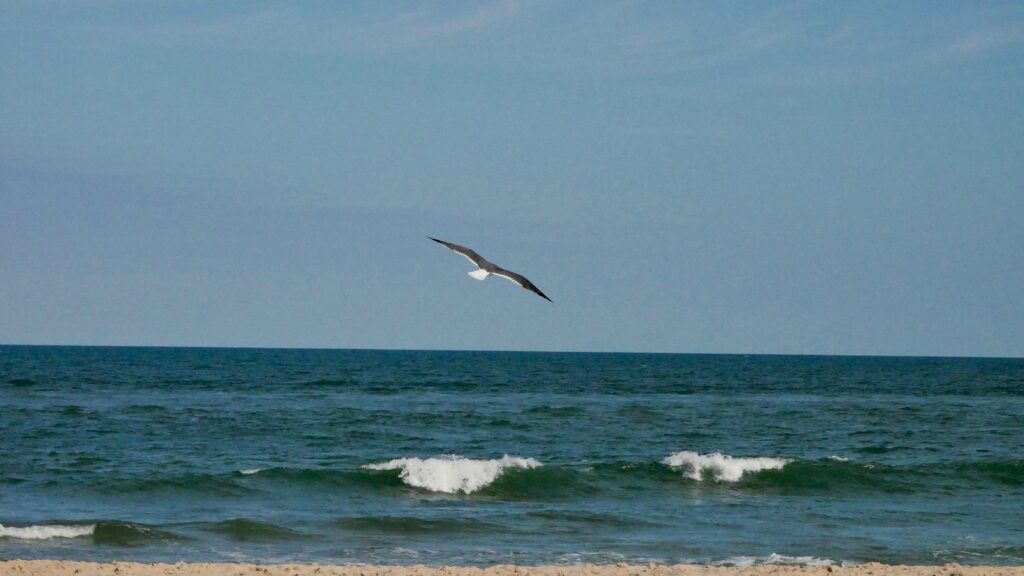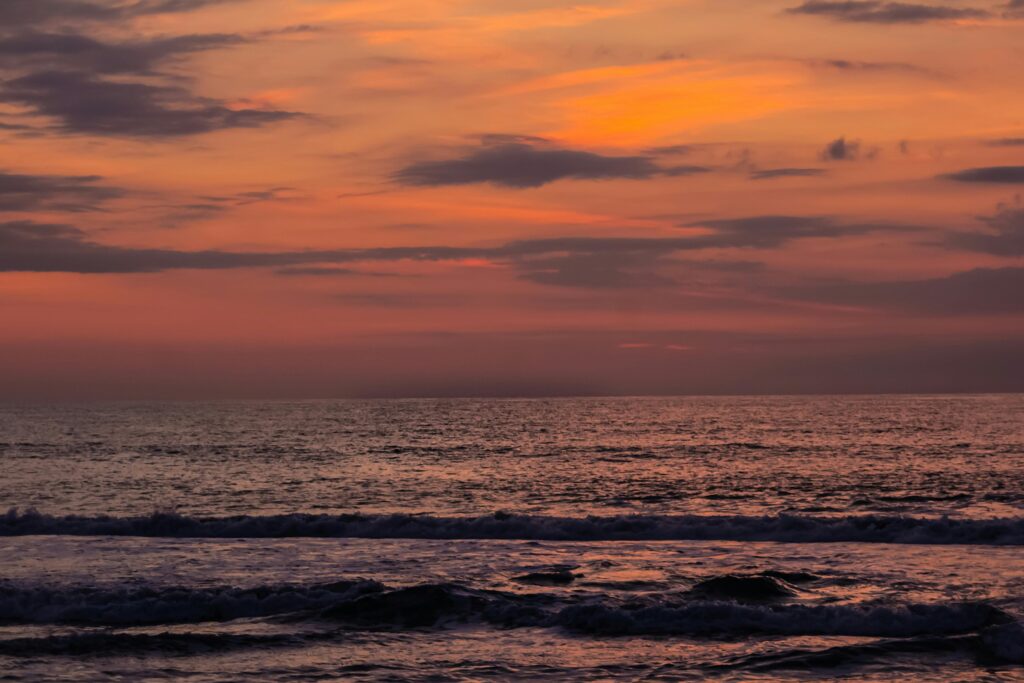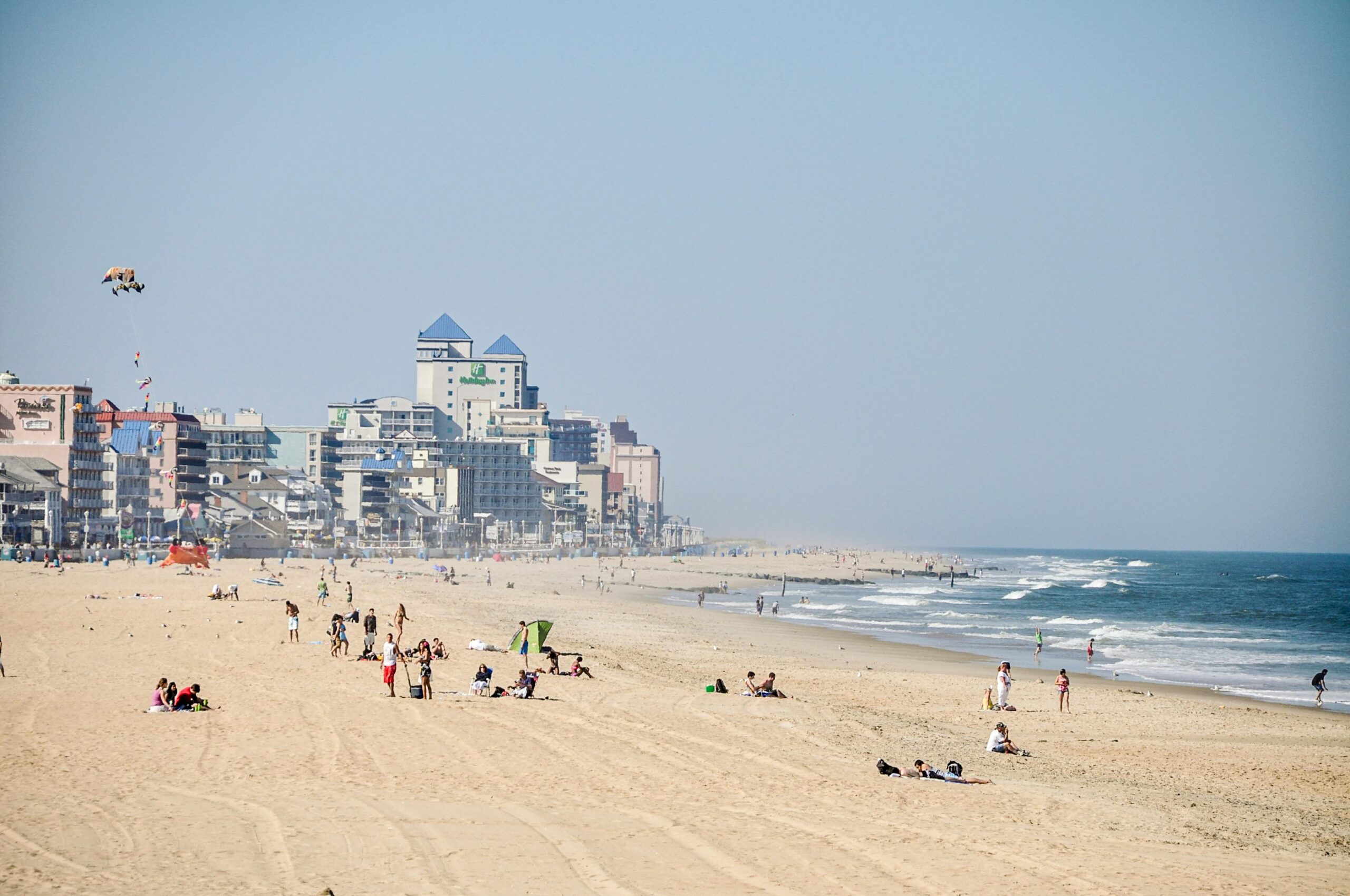Ocean City, Maryland—a perennial summer favorite—has long prided itself on its wide, sandy beaches and family-friendly atmosphere. Yet, as visitor numbers have swelled, so have the makeshift campsites formed by oversized tents and canopies that can obstruct sightlines, hog space, and, officials say, even impede lifeguard response. On June 2, 2025, the Ocean City Council passed a measure banning most tents and setting strict limits on canopies. Below, we break down the new rules, explore why they were needed, examine enforcement and community reaction, and share practical tips for beachgoers.

What the New Rules Say
- Tent Ban (Except Baby Tents)
- Definition of a “Tent”: Any fabric‐covered structure with rigid or collapsible poles inserted into the sand.
- Baby Tents Exemption: Small pop‐up tents designed solely for young children (less than 8 feet tall and 4 feet wide) remain allowed. These serve as sun shelters for infants and toddlers but cannot be used for adult lounging or as enclosed “camping” spaces.
- Canopy Size and Placement
- Maximum Dimensions: Canopies (open‐sided beach shelters) may be no larger than 10 × 10 feet. Larger structures are now prohibited.
- Spacing Requirements: Adjacent canopies must be at least three feet apart, measured from fabric edge to fabric edge—preventing clusters that block views and discourage foot traffic.
- Anchor Restrictions: Stakes, sandbags, or other anchors cannot extend beyond the canopy’s cover—lest they become tripping hazards or damage beach grooming equipment.
- Unattended Canopies Clause
- No Early‐Morning Reservation: Beachgoers may not set up canopies before 10 a.m. with the intention to reserve space for absent companions. Any unattended canopy found before 10 a.m. is subject to removal. This ensures popular morning spots aren’t preemptively claimed.
- Immediate Enforcement
- The ordinance took effect immediately after the June 2 vote. Violations may result in fines of $100 per infraction and removal of noncompliant structures by beach patrol. Repeat offenses can lead to higher penalties and even towing of equipment.
Why the Rules Were Needed
1. Safety Concerns for Lifeguards and Swimmers
Ocean City Beach Patrol Captain Butch Arbin emphasized that oversized tents and closed‐sided shelters can create blind spots:
“When tents block our line of sight, it becomes harder to monitor swimmers for distress, especially in crowded waters. A life vest or a hand up can be missed if a canopy obstructs the view.”
Lifeguards need a clear, unobstructed vantage—especially at peak times when as many as 40,000 visitors populate the three‐mile main beach on hot summer weekends.
2. Overcrowding and “Tent Cities”
Mayor Rick Meehan noted a spike in improvised “tent cities” along the sand:
“We saw families pitching multiple canopies side by side, essentially carving out beach real estate for themselves and their friends, leaving little room for others. Our beaches are extremely popular, they get very crowded, and we want to make sure everybody has an opportunity to enjoy the beach.”
Without limits, a single group could occupy a 30‐foot‐wide swath of sand with adjacent canopies, pushing other visitors closer to the water or forcing them to settle in less desirable areas.
3. Comparisons to Other Beaches
Ocean City isn’t alone. In 2017, Rehoboth Beach (DE) imposed a similar ban on tents, canopies, grills, and campfires after visitors set up large shelters that blocked views and caused safety hazards. Conversely, Island Beach State Park (NJ) tried a tent ban in 2024 but reversed course after successful beach‐nourishment projects relieved overcrowding. Ocean City officials reviewed these precedents before drafting their ordinance.

Community and Visitor Reactions
Supporters Say…
- Level Playing Field: Lifeguards and regular beachgoers welcome the measure as a way to prevent early‐morning “space hogging.”
- Enhanced Safety: Mothers with small children appreciate clearer sightlines; they can keep tabs on kids more easily.
- Cleaner Beaches: Fewer large canopies mean less plastic tarps, ropes, and scattered stakes left behind—making beach cleanups faster and more efficient.
Opponents Worry…
- Limited Shade Options: With only small baby tents allowed, families with multiple children may struggle to find protected space from sun and heat.
- Economic Impact on Tent Rentals: Local businesses that rent 12 × 12 or 15 × 15 canopies fear a sudden drop in demand.
- Enforcement Fairness: Some residents hope for leniency or a “grace period” for first‐time violators, while others want clear signage so tourists aren’t caught unaware.
Ocean City Council Response
Council members plan to monitor the first month of enforcement closely. They’ll assess whether additional shade structures (like city‐approved umbrella stands) should be made available for rent in high‐traffic zones.
Enforcement and Practical Tips
- Beach Patrol Patrols
- Daily Inspections: Beginning June 3, beach patrol officers perform morning sweeps at 8:30 a.m. and again at 10 a.m., tagging or removing canopies set up too early.
- Midday Checks: From noon to 4 p.m., officers ensure canopies adhere to size and spacing rules, issuing warnings or fines as needed.
- Equipment Disposal: Unclaimed tents are donated to local shelters or municipal parks after a 24‐hour hold.
- What to Bring Instead of a Tent
- Beach Umbrellas: Up to 7 feet in diameter are still permitted as long as they’re anchored properly (no over-deep stakes).
- Pop-Up Shower/Sun Shelters: Baby tents (≤ 8 × 4 feet) are fine for toddlers, but consider portable sunshades designed for beach use—lightweight, sand-bag anchored, and small enough to fit under the 10 × 10 foot canopy limit.
- Canopy Alternatives: Rent a 10 × 10 foot booth from a local vendor like Shore Shore Beach Rentals—these mesh-sided canopies provide shade without blocking views.
- Securing Your Canopy Legally
- Anchors: Use sand‐bag kits or fluke anchors that stay entirely within the 10 × 10 space. Do not tie ropes to dune fences or boardwalk railings.
- Placement: Set up at least three feet from neighboring canopies. If space is tight, spread out along the designated “umbrella zone,” which beach patrol marks near water’s edge.
- No Unattended Gear: Plan to set up after 10 a.m. or stay with your canopy until the rule takes effect. If you leave early, store tarps and poles elsewhere, then assemble once you return.
- Where to Find Shade
- Public Shaded Structures: Six permanent cabanas (rented by the city) line the boardwalk at 5th, 10th, 27th, and 40th Streets. Each costs $25 per day and can seat up to six, with built-in benches and USB charging stations.
- Pavilions: On 9th, 17th, and 30th Streets, the county recently installed wooden pavilions with picnic tables. They’re first-come, first-serve—arrive before 9 a.m. to claim one on busy days.
- Boardwalk Shops: Most beachside restaurants now stock rentable umbrellas and folding beach chairs that come with small backpack sunshades.
Wider Context: Beach Policies and Coastal Management
Erosion and Space Constraints
Coastal erosion has steadily narrowed Ocean City’s beaches, especially at the north end, where sand mattresses once extended shoreline width. In winter 2023–24, the city completed Phase 5 of its Beach Replenishment Project, adding 800,000 cubic yards of sand and constructing offshore breakwaters. Even so, peak summer occupancy can jam the sand—forcing families to squeeze umbrellas into tighter pockets near the waterline.
Public Safety and Lifeguard Workflows
Ocean City Beach Patrol uses a red-flag system to signal dangerous conditions (rip currents, high surf). Life-saving towers are set every quarter mile; lifeguards need clear sightlines to scan for swimmers in distress. Tents and large canopies previously forced patrols to reposition towers closer to the water or heighten staffing—stretching resources thin. The new rules aim to let lifeguards do their jobs more effectively.

Comparing Regional Beach Rules
- Delaware Beaches: Rehoboth Beach and Bethany Beach have long prohibited tents and canopies to preserve open space and ensure consistent lifeguard visibility. Their seasons feature similar “umbrella zone” structures, though some Delaware beaches experimented with segmented canopy areas where small shelters were allowed—an option Ocean City council is watching.
- New Jersey Shore: After banning large tent‐like structures in 2024 at Island Beach State Park to curb erosion, officials reversed the ban post‐renourishment. Till the next erosion cycle, they now allow 12 × 12 foot privacy tents only beyond the dune line—Ocean City’s prohibition is more stringent, as it applies across the width of the beach.
Frequently Asked Questions
Q1: Can I still use a beach umbrella in Ocean City?
Yes—umbrellas up to 7 feet in diameter remain allowed, provided you anchor them within the area covered (no protruding stakes). Umbrellas must be at least three feet apart when adjacent.
Q2: What happens if I set up a large canopy before 10 a.m.?
Beach patrol officers perform two morning sweeps. If they find unattended canopies before 10 a.m., they will mark them with a warning tag. If unclaimed after 30 minutes, the staff removes and stores the items. Fines start at $100 if officers have to remove your canopy.
Q3: Where can I rent a compliant canopy or umbrella?
Several vendors along the boardwalk offer rentals:
- Shore Shore Beach Rentals at 17th Street (10 × 10 foot canopies for $50/day)
- SunSation Rentals at 20th Street (umbrellas and chairs packaged at $30/day).
Reservations recommended on summer weekends.
Q4: Are baby tents still allowed? What qualifies as a “baby tent”?
Yes—“baby tents” designed for infants/toddlers are exempt if they measure no more than 8 × 4 feet and serve solely for child sun protection. They cannot be used for sleeping, lounging, or blocking areas from other visitors.
Q5: How strictly is the spacing rule (three feet apart) enforced?
Lifeguards and beach patrol measure between canopy edges. If canopies are closer than three feet, officers issue warnings. After a second violation, you risk a $100 fine and forced relocation of your canopy.
Q6: What if I have a medical need for a large canopy?
Those with medical conditions requiring shade (e.g., severe sun sensitivity) may apply for a beach‐access disability permit through the Ocean City Recreation and Parks Department. If approved, you’ll receive a green permit sticker to display, and beach patrol will allow up to a 12 × 12 foot canopy placed in designated areas.
Q7: Are there designated “no‐canopy” zones on the beach?
No. The entire three‐mile stretch now follows the same canopy restrictions. However, city officials encourage families to use concession stands, pavilions, and beach cabanas in numbered sections (3rd–10th, 17th, 25th–30th Streets) that offer built‐in shade.
Q8: How do these rules compare to other Maryland beaches?
- Assateague Island National Seashore (managed by the National Park Service) allows tents up to 10 × 10 feet but prohibits stakes that damage dune grass. Visitors must move tents with the tide line daily.
- Sandy Point State Park (near Annapolis) permits 12 × 12 foot pop‐up tents but only between 10 a.m. and 6 p.m.; unattended gear before or after hours may be removed. Ocean City’s new restrictions are more rigorous—banning most tents entirely to enhance lifeguard safety and curb overcrowding.
Q9: What alternatives exist for families wanting shade?
- City Cabana Rentals: From 5th to 40th Streets, twelve wooden cabanas rent for $25/day. They seat up to six, include benches, and come with removable sunshades.
- Shaded Picnic Tables: Three locations (9th, 17th, 30th Streets) feature pavilion‐style tables—ideal for families to enjoy lunch sheltered from the sun.
- Beach Yoga Stations: In partnership with local studios, the city installed three “Yoga in the Sand” shaded platforms—free and available daily on a first‐come basis.
Q10: Will these canopy rules change next year?
The Ocean City Council will review data on beach‐goer satisfaction, lifeguard incident reports, and permit applications for medical exemptions in October 2025. If crowds ease or alternative shading proves sufficient, they may adjust canopy dimensions or spacing. Conversely, if violations remain high, they could consider extending the embargo to include small umbrellas or implementing a permit system for all shade structures.
Conclusion
Ocean City’s decision to ban most tents and limit canopy size stems from a desire to balance safety, fairness, and the overall beachgoing experience. By clearing obstructive shelters, lifeguards can better monitor swimmers, and visitors gain more equitable access to prime sand real estate. While some beachgoers lament fewer options for shade, practical alternatives—umbrellas, baby tents, city cabanas, and pavilions—can ease the transition. For families planning their summer trips, understanding and adapting to these rules ensures a hassle-free beach day where everyone can enjoy the Atlantic’s warm waters and the soft, golden sands—together and in full view.

Sources CBS News


